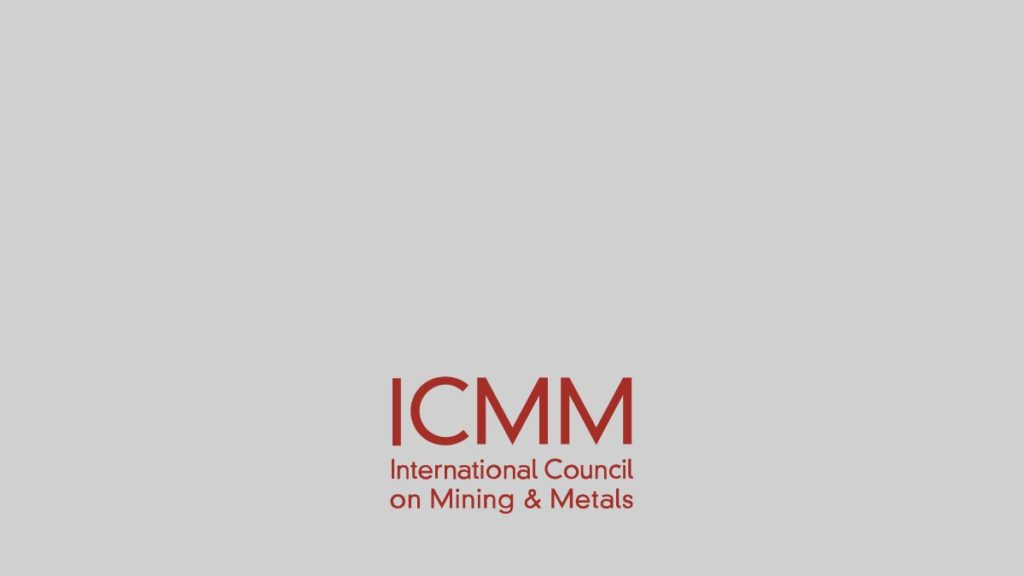
Tool 15 – Management Systems
Used from the very start of a project, integrated management systems can help community development personnel successfully implement programs. Management systems normally entail policies, procedures, training registers, stakeholder database, complaints register, commitments register and reporting frameworks. These can be in hard copy, but most likely electronic formats. An integrated management system ensures that community development activities apply the ‘plan, do, check, act’ process common to ISO standards.
STEP
1
Use pre-existing knowledge taken from your baseline study (p129), stakeholders (p45) and community development vision (p86) to create policies
STEP
2
Develop procedures to implement the policies, involving stakeholders in any which affect them. Ensure stakeholders are aware of procedures and how to use them. Adequate budgets must be available to provide training
STEP
3
Plan and implement community development programs with local communities and stakeholder partners
STEP
4
Monitor (p188) and evaluate programs reporting to company management and stakeholders
STEP
5
Revise stakeholder lists, baseline data, grievance procedures, etc. from results of the evaluation and input from stakeholders
Community, Economics, Environment, Ethical Business, Management, Rehabilitation
Incorporating impact assessment into the ongoing management of operations
In 2003, Anglo American released its Socio-Economic Assessment Toolbox (SEAT), which allowed mines to assess current social and environmental impacts and identify and respond to the broader developmental aspirations of host communities.
Sources:
For guidance on co-ordination with wider business plans, see pages 12 and 32 of Minerals Council of Australia, Socioeconomic Benefits and Impacts: An Assessment and Planning Toolkit. Canberra, 2010.

